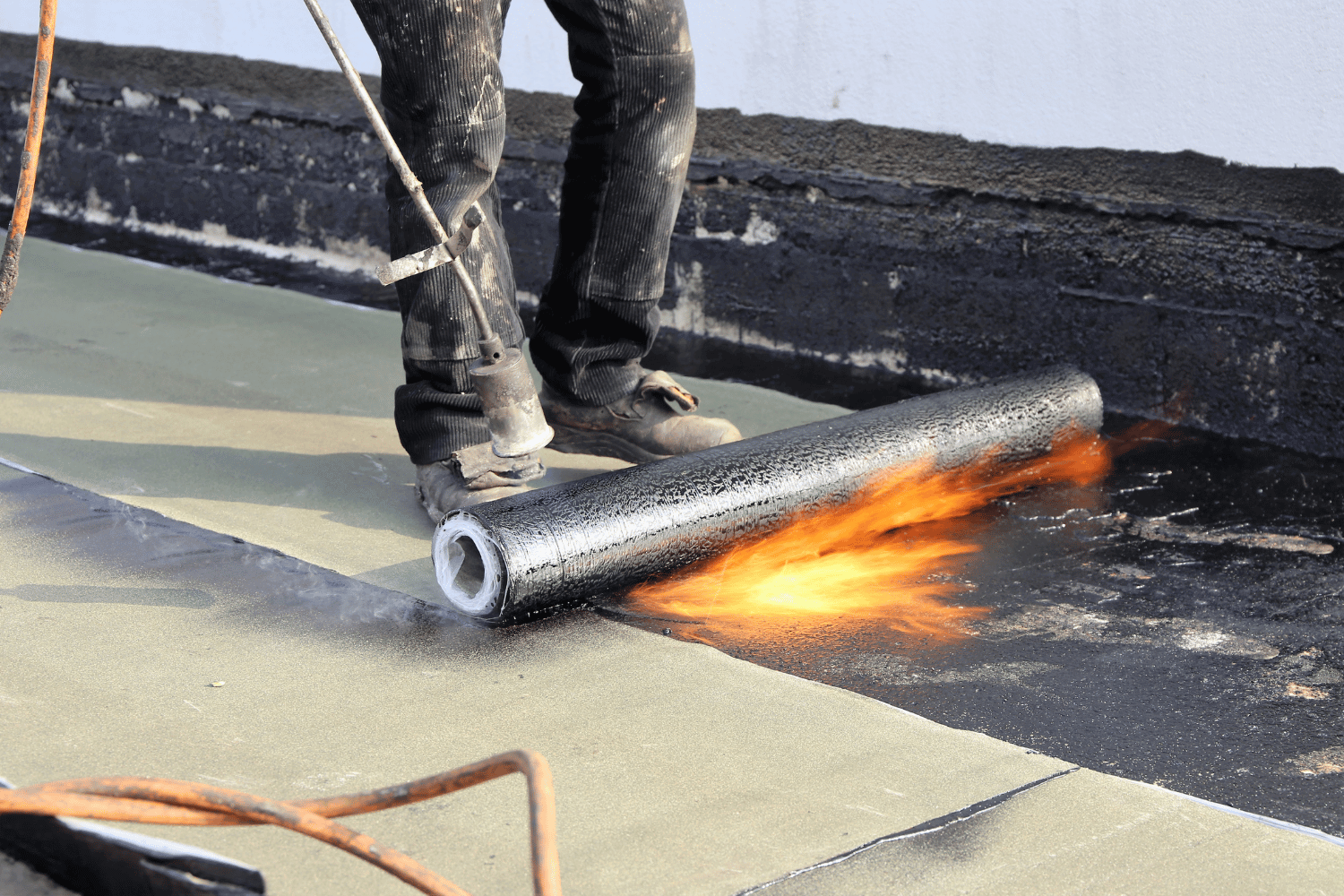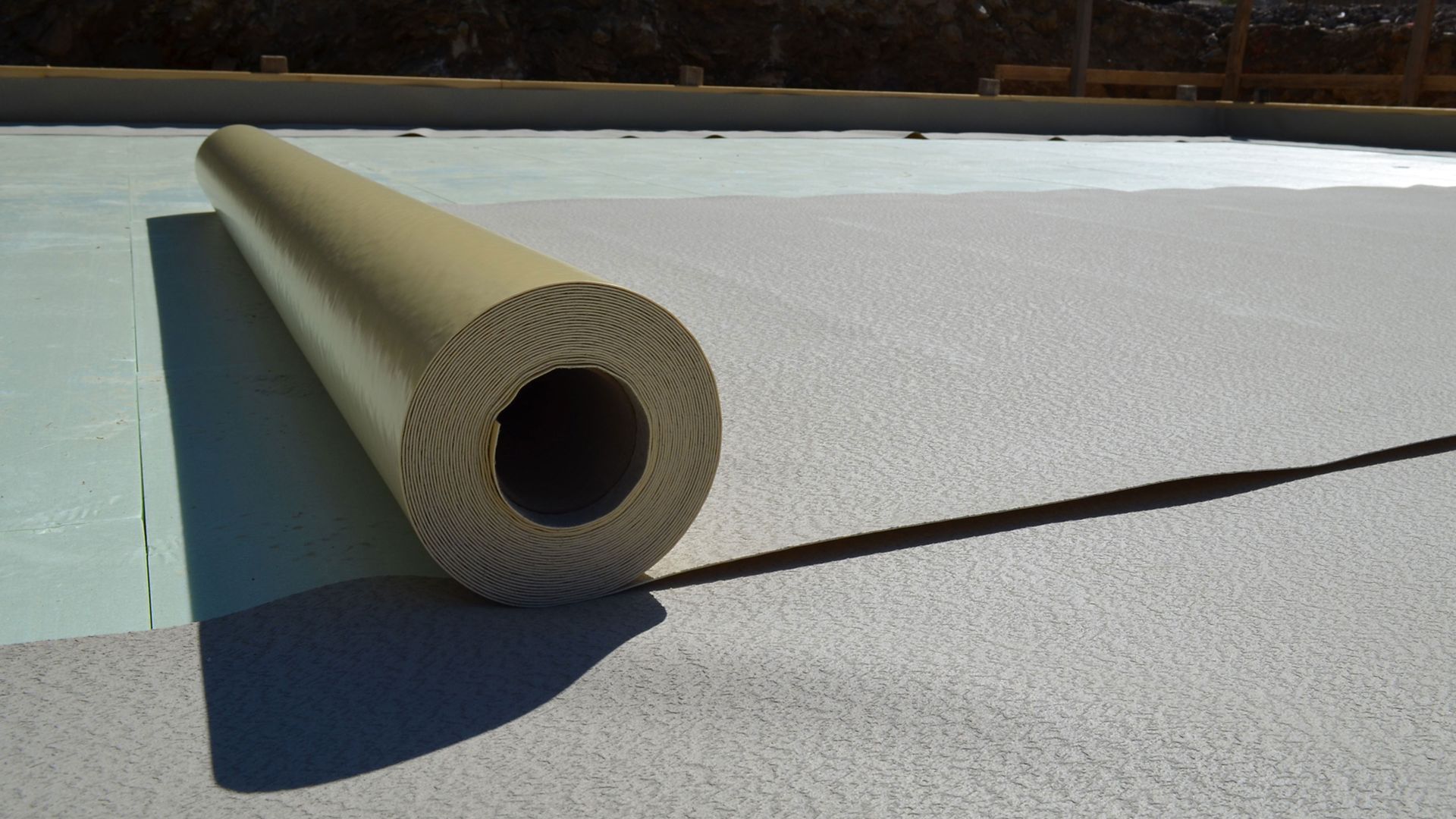Sorts of Waterproofing: Exploring the Different Techniques and Their Applications
Waterproofing is an important facet of building and construction and upkeep. It secures structures from the damaging effects of water damage. There are numerous techniques readily available, each with its one-of-a-kind applications and benefits. From membrane systems to cementitious options, understanding these choices is important for reliable execution. The choice of waterproofing method can considerably influence durability and longevity. Exploring these numerous techniques exposes their distinctive benefits and possible challenges, triggering more consideration of excellent remedies.
Membrane Layer Waterproofing Systems
Membrane waterproofing systems work as an important obstacle against water breach in different structures. These systems usually are composed of slim sheets made from products like rubber, thermoplastic, or bitumen, which are put on surface areas to stop moisture penetration. They can be installed above or listed below grade and are specifically efficient in areas prone to high water direct exposure, such as basements, roofings, and foundations.The installment process involves cleaning the substratum, using adhesives or guides, and exactly suitable the membrane to guarantee complete protection. Membrane systems can be either fully adhered, mechanically affixed, or laid loose, depending on the certain needs of the project. They use toughness and adaptability, suiting structural motions without jeopardizing their waterproofing abilities. Moreover, these systems can be strengthened with extra layers for improved protection. Inevitably, membrane waterproofing systems are necessary for protecting frameworks against water damages and maintaining long-lasting stability.
Liquid-Applied Waterproofing Coatings
Liquid-applied waterproofing coverings provide a versatile remedy for protecting surfaces from water seepage - Water Solutions. These finishings are composed of fluid materials that, when used, develop a smooth, versatile membrane layer. Their flexibility enables for application on numerous substratums, including concrete, steel, and timber. The layers can be used in diverse atmospheres, from household to industrial setups, making them ideal for roofs, structures, and below-grade structures.One considerable benefit of liquid-applied coatings is their capacity to adapt uneven shapes and permeate fractures, developing a durable barrier against wetness. They frequently display superb attachment residential properties and resistance to UV radiation, making sure long life and toughness. In addition, the application procedure is usually uncomplicated, allowing for quick installment and lowered labor costs. This approach additionally decreases the risk of water pooling, as the constant layer efficiently directs water away from at risk locations. On the whole, liquid-applied waterproofing finishes are an efficient option for comprehensive water protection
Cementitious Waterproofing Solutions

Cementitious waterproofing options offer a durable choice for frameworks needing reliable dampness security. These systems mostly make use of a blend of concrete, sand, and chemical additives to develop a waterproof obstacle. They are commonly applied to surface areas such as concrete wall surfaces, foundations, and floorings, offering a sturdy, durable defense versus water intrusion.One of the vital advantages of cementitious waterproofing is its convenience of application; it can be applied making use of a brush, roller, or spray, making it ideal for different project dimensions. In addition, this method is suitable with several surface areas and can frequently be used combined with various other waterproofing techniques.Cementitious services are specifically effective in environments where water exposure is an issue, such as basements or below-grade frameworks. Their superb bond properties guarantee that they bond well with substrates, giving a strong and nonporous layer versus wetness infiltration.
Bentonite Waterproofing
Bentonite waterproofing is an extremely reliable approach that uses sodium bentonite clay to create a natural obstacle versus water. This method exploits the unique homes of bentonite, which increases upon contact with water, sealing any potential leakages and stopping moisture seepage. It is typically utilized in various applications, including foundation walls, passages, and maintaining wall surfaces, where water resistance is essential.Bentonite can be applied in several types, such as panels or blankets, giving flexibility in installment. Its capability to self-seal makes it an appealing alternative for areas based on changing soil or fluctuating water degrees. Furthermore, bentonite waterproofing is ecologically pleasant, as it is a natural product that does not present harmful chemicals into the surroundings.
Drain and External Waterproofing Solutions
Effective waterproofing frequently entails a mix of methods, including drain and exterior systems. Drainage systems, such as French drains and sump pumps, are designed to reroute water far from structures, decreasing hydrostatic stress versus structures. These systems are important in stopping water buildup that can lead to structural damage and mold growth.External waterproofing, on the various other hand, includes using safety obstacles to the building's outside. Techniques such as the setup of water resistant membranes, layers, or sealers can aid avoid water seepage. This technique not just secures the foundation however additionally boosts Website the general durability of the structure.Together, drain and outside waterproofing systems create an extensive remedy to manage water efficiently. By applying these methods, homeowner can safeguard their investments against the damaging effects of dampness, ensuring lasting security and safety and security for their buildings.
Frequently Asked Concerns
How Do I Select the Right Waterproofing Method for My Task?
Picking the appropriate waterproofing approach depends on aspects such as job type, ecological conditions, budget plan, and wanted long life. Reviewing these facets enables go to website notified choices tailored to details demands and requirements.

Can Waterproofing Be Applied in Cold Weather Issues?
Waterproofing can be applied in winter conditions, but it calls for certain materials and methods. Cold temperatures may impact treating times and attachment, requiring careful option of products made for low-temperature application.
What Are the Usual Indications of Waterproofing Failure?
Usual indicators of waterproofing failure consist of visible water stains, peeling off paint, damp odors, mold growth, and cracks in wall surfaces or foundations. Yard drainage Omaha. These indicators recommend that wetness is permeating the barrier, endangering its effectiveness
How Much Time Does Waterproofing Last Before Requiring Maintenance?
The long life of waterproofing differs, typically lasting between 5 to 10 years. Elements such as worldly quality, ecological problems, and upkeep techniques affect its sturdiness, demanding periodic evaluations to assure efficient protection against water invasion.
Exist Eco-Friendly Waterproofing Options Available?
The inquiry of environmentally friendly waterproofing choices discloses an expanding interest in lasting products (Sump pump installation & replacement Omaha). Various natural substances, such as plant-based sealants and recycled products, supply reliable options while interior french drain decreasing environmental impact, appealing to ecologically mindful consumers